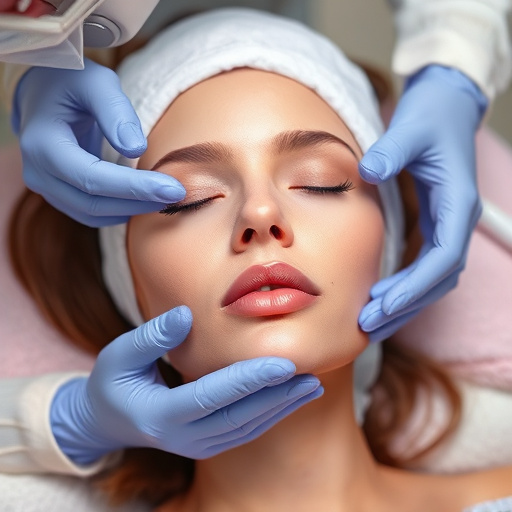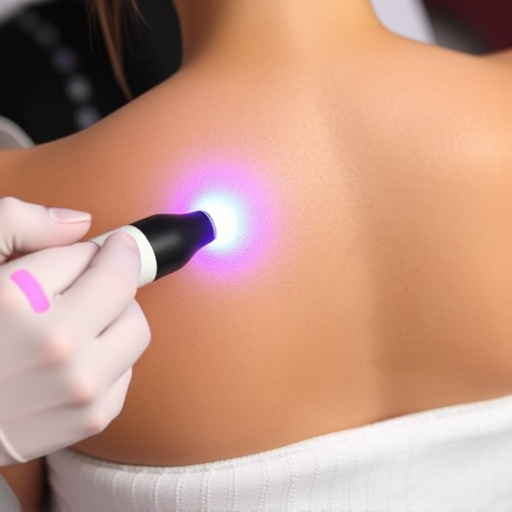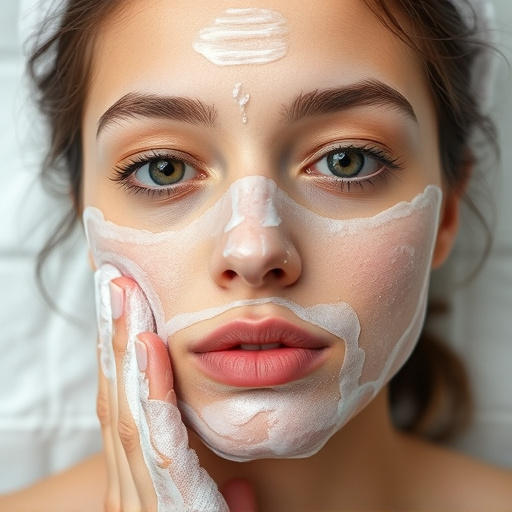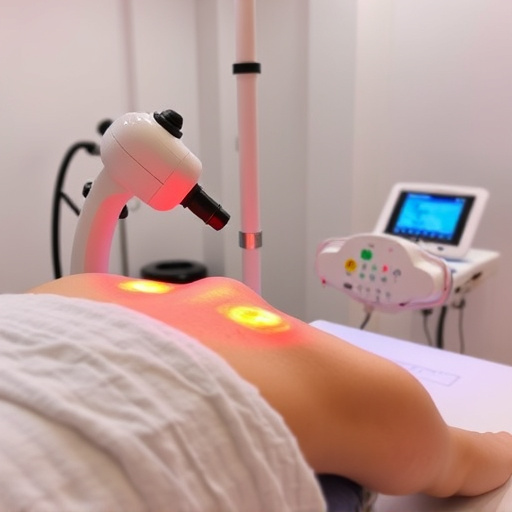Medical grade skincare offers potent solutions for specific skin issues, with higher active ingredient concentrations than regular cosmetics. Treatments like facials and peels target conditions like acne, aging, and hyperpigmentation, requiring professional guidance. Before starting, prepare skin by understanding its type and addressing concerns, using gentle cleansers and hydration. Transitioning requires consultation, gradual product introduction, patience, and monitoring for reactions. With consistency, you can achieve healthier, radiant skin through medical grade skincare.
Transitioning to medical-grade skincare can be a game-changer for your skin’s health and appearance, but it should be done safely. This comprehensive guide will help you navigate this transformative journey. First, we’ll explore the basics of medical-grade skincare, demystifying its unique benefits and ingredients. Next, learn how to prepare your skin for this upgrade. Finally, discover strategies to incorporate these potent products into your routine effectively while ensuring a smooth transition without irritation.
- Understanding Medical Grade Skincare Basics
- Prepare Your Skin for Transitioning
- Incorporating Medical Skincare Safely into Routine
Understanding Medical Grade Skincare Basics
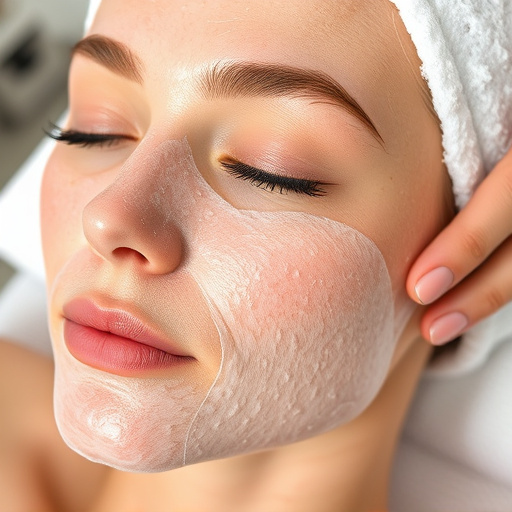
Medical grade skincare refers to products and treatments that go beyond over-the-counter options, offering more potent formulations designed for specific skin concerns. It’s a realm where science meets aesthetics, focusing on evidence-based solutions for optimal skin health. This level of skincare is often associated with professional settings like dermatology clinics and medspas, where qualified practitioners administer treatments tailored to individual needs.
Understanding the basics involves grasping that medical grade products contain active ingredients at higher concentrations than regular cosmetics. They are formulated to address various skin conditions such as acne, aging, hyperpigmentation, and more. Popular procedures include hydrating facials for deep moisture delivery, and aesthetic treatments like chemical peels and microdermabrasion for skin rejuvenation. Remember that due diligence is key; consulting a dermatologist or trained professional ensures safe and effective integration into your skincare routine.
Prepare Your Skin for Transitioning
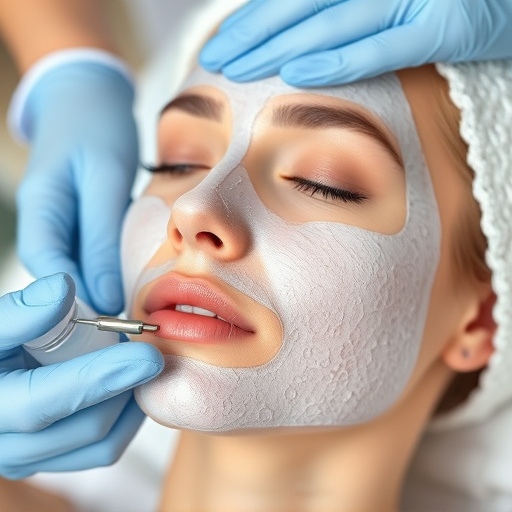
Before diving into using medical-grade skincare products, it’s crucial to prepare your skin for this new routine. Start by understanding your current skin type and any specific concerns you want to address—acne scars, fine lines, or hyperpigmentation, for instance. This knowledge will guide your selection of medical-grade products that are tailored to your needs.
Regularly cleansing your skin twice a day with gentle, pH-balanced cleansers is essential to remove impurities and excess oil without stripping away natural moisture barriers. Additionally, incorporating hydration into your daily routine with humectants like hyaluronic acid can enhance your skin’s ability to absorb medical-grade treatments, such as chemical peels or body contouring procedures, ensuring optimal results while minimizing potential side effects.
Incorporating Medical Skincare Safely into Routine
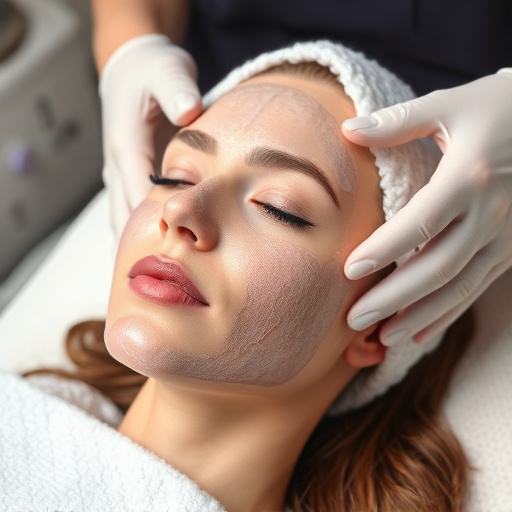
Transitioning to medical-grade skincare is an exciting step towards achieving healthier, radiant skin, but it’s crucial to do so safely and thoughtfully. Incorporating these powerful formulations into your routine requires a bit of planning and understanding of your skin’s needs. Start by consulting a dermatologist or skin care specialist who can assess your skin type and specific concerns, like acne treatments or pore refinement. They can guide you in choosing the right medical-grade products tailored to your needs, ensuring you don’t introduce harsh ingredients that might cause irritation.
Begin by slowly integrating medical-grade skincare into your existing routine. Introduce one new product at a time, allowing your skin to adjust. Pay close attention to any reactions or changes in your skin’s texture and hydration levels. Consistency is key; allow sufficient time for the products to work and remember that results may take time, especially with aesthetic treatments. Patience and a proactive approach will help you safely navigate this transition, reaping the benefits of medical-grade skincare while maintaining skin health and balance.
Transitioning to medical-grade skincare is a proactive step towards achieving healthier, more radiant skin. By understanding the basics and preparing your skin appropriately, you can safely incorporate these potent products into your routine. Remember, consistency and patience are key; give your skin time to adjust as it navigates this new, enhanced skincare journey. Embrace the benefits of medical-grade skincare, trusting its capabilities while remaining mindful of individual reactions.









